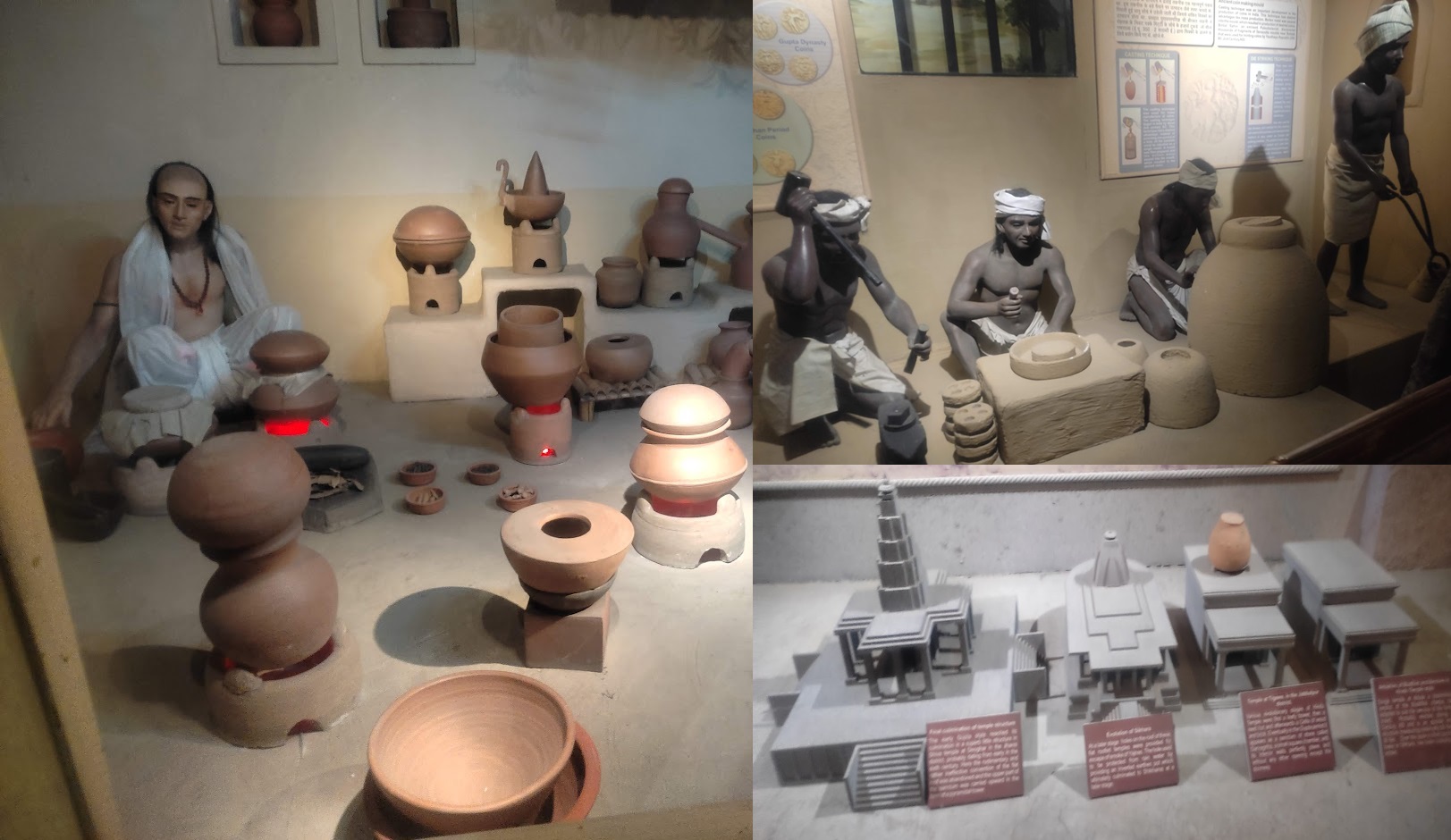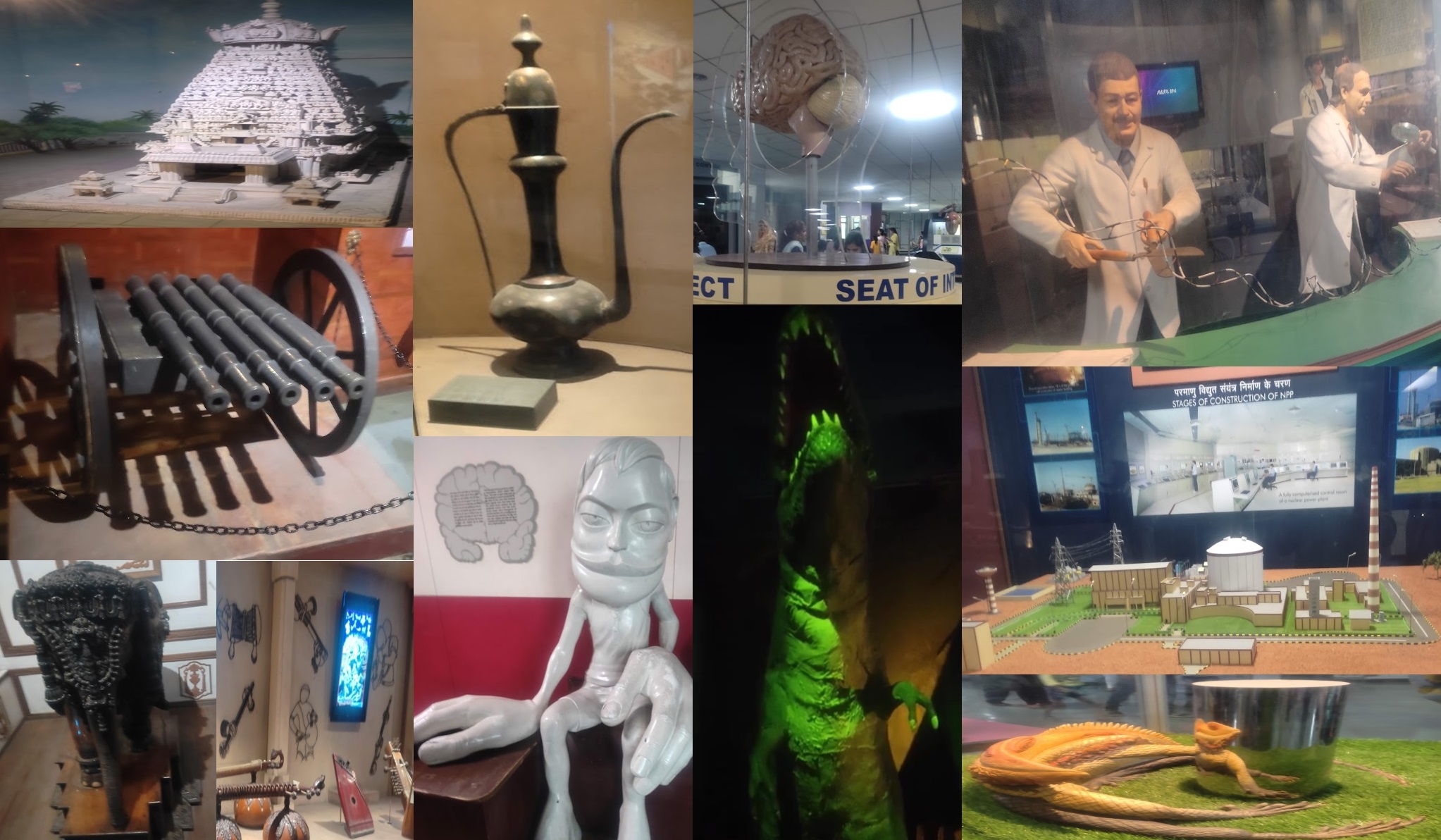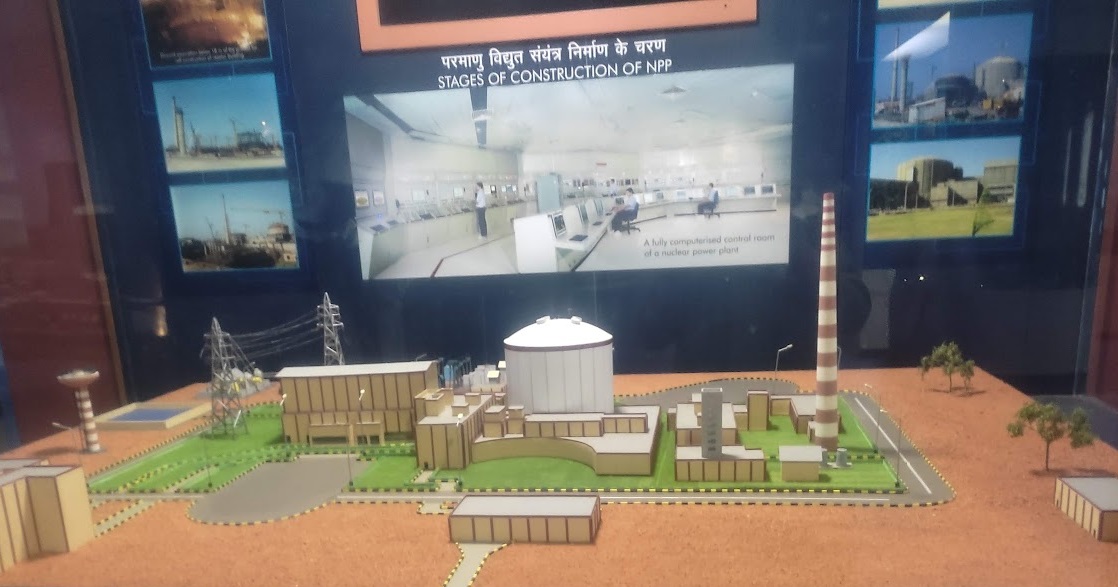N
National Science Centre (NSC), Delhi is one of the biggest Science Centre in Asia and it is famously known among its guests as, “A Dream Castle for One and All”. The iconic structure of the Centre is an model point of interest in the field of cutting edge engineering which is deliberately found in the region of the commercial show center of India i.e. Pragati Maidan Complex. The Yearly footfall to the Centre is more than half a million guests. Nobel Laureates, Nobel Laureates, Eminent Scientists & Technocrats, Astronauts, Gallery Experts and numerous more illuminating presences from different areas are its standard guests. The essential objective of the Centre is to lock in, teach and engage the guests through topical presentations, intuitively instructive exercises and outreach programmes.
National Science Centre (NSC), Delhi, was introduced on 9th January 1992 by Shri P V Narsimha Rao, the at that point Hon’ble Prime Minister of India. National Science Centre, Delhi, is a unit of National Committee of Science Museums (NCSM), which itself has 27 Science Centres & Science Cities beneath its umbrella. NCSM is financed and administered by the Ministry of Culture, Government of India.
The National Science Centre (NSC) in Delhi is a prominent science museum located near Pragati Maidan in New Delhi, India. Established in 1992, the center is managed by the National Council of Science Museums (NCSM), an autonomous organization under the Indian Ministry of Culture. NSC aims to promote scientific awareness and understanding among the public, particularly students and young people.
The center features a variety of interactive exhibits, demonstrations, and educational programs covering diverse scientific disciplines such as physics, chemistry, biology, astronomy, and environmental science. It hosts exhibitions, workshops, science shows, and seminars to engage visitors of all ages in hands-on learning experiences.
The NSC complex also includes a planetarium that offers astronomy shows and screenings of educational films related to space science. Additionally, the center houses a science park with outdoor exhibits and installations showcasing principles of science and technology in a fun and interactive manner.
Overall, the National Science Centre in Delhi serves as a hub for science education, outreach, and exploration, contributing to the advancement of scientific literacy and knowledge in India.

National Science Centre Delhi Architecture
The architecture of the National Science Centre (NSC) in Delhi is notable for its modern and innovative design, which reflects its function as a center for scientific education and exploration. Designed by the architect Achyut Kanvinde, the building incorporates elements of contemporary architecture while also incorporating thematic motifs related to science and technology.
Futuristic design: NSC architecture reflects a futuristic vision with smooth lines, geometric shapes and bold structural elements. The design of the building reflects the spirit of scientific inquiry and aims to inspire curiosity and imagination.
Dramatic Entrances: NSC entrances often feature dramatic facades or atriums designed to make a strong visual statement and draw visitors into the world of science and exploration.
Exhibition Spaces: Inside, the NSC features spacious exhibition halls and galleries designed to showcase interactive exhibits, displays, and multimedia presentations on various scientific topics. The layout is carefully planned to facilitate visitor engagement and exploration.
Futuristic design: NSC architecture reflects a futuristic vision with smooth lines, geometric shapes and bold structural elements. The design of the building reflects the spirit of scientific inquiry and aims to inspire curiosity and imagination.
Dramatic Entrances: NSC entrances often feature dramatic facades or atriums designed to make a strong visual statement and draw visitors into the world of science and exploration.
The architecture of the National Science Centre in Delhi reflects its dual role as a modern cultural landmark and a hub for scientific learning and innovation. It provides a dynamic and inspiring space for visitors to engage with the wonders of science and technology.

How to be great and plan your future
The National Research Center has the best archives on the importance of water, human evolution and even the future of technology. The goal is to teach the child everything from the beginning (as we know it) to the future. If your child needs something to talk about, such as activities, there are many plans. They have a huge globe that glows and represents the world; It shows the changing of the seasons, explains different weather conditions and gives you advice about the connection between people and nature.
We think kids will also love the Taramandal show, a portable planetarium in a large. They also offer 3D videos on a variety of topics, from stars to dinosaurs, which is great fun because it’s a great experience and we’re sure the kids and you will love it equally.
The National Science Center is open every day from 10 a.m. to 5:30 p.m. and has a large on-site parking lot. The price is INR 50 for four-wheelers and three-wheelers (up to four hours) and INR 25 for two-wheelers. If you want to travel by metro, Pragati Maidan is the nearest station.

National Science Center Delhi Taramandal Show
The Taramandal Show at the National Science Center in Delhi is a popular attraction that gives visitors an immersive experience in astronomy and space science. “Taramandal” translates to “constellation” in Hindi, and shows usually involve presentations in a planetarium setting, where the audience is taken on a virtual journey through the universe.
Planetarium Dome: The show takes place in a dome theater equipped with an overhead projector system. The dome acts as a giant screen for projected images of stars, planets, galaxies and other celestial bodies, creating a true simulation of the night sky.
Astronomy Education: The Taramandal show aims to educate and inspire the audience about the wonders of the universe. Through visually stunning presentations and narrated explanations, visitors learn about the science behind celestial phenomena, such as the formation of stars and galaxies, the motions of the planets, and the concept of constellations.
Interactive experience: Shows may include interactive elements, allowing audiences to participate in virtual space exploration, observe celestial phenomena, and ask questions about astronomy and astrophysics. This interactive approach helps engage visitors of all ages and backgrounds.
Multimedia Presentations: Taramandal shows often feature multimedia elements, including high-definition video, animation and sound effects, to enhance the educational experience and create a sense of immersion in the space.
Educational Outreach: The Taramandal Show serves as an important tool for astronomy education and outreach, reaching out to school groups, families and the general public to promote scientific literacy and foster a sense of wonder and curiosity about the universe.
The Taramandal Show at the National Science Center in Delhi offers an informative and visually captivating experience that allows visitors to explore the mysteries of the universe in an engaging and accessible way.

3D Show National Science Center (NSC)
The 3D show at the National Science Center Delhi offers visitors an immersive and visually stunning experience that brings scientific concepts to life in 3D.
High-quality images: 3D show have high-resolution 3D images that pop out of the screen, creating an immersive viewing experience. These images may include animations, simulations, and movies that illustrate scientific principles, natural phenomena, and historical events.
Educational content: NSC’s 3D shows are designed for both entertainment and educational purposes. It covers a wide range of science, technology, engineering and mathematics (STEM) topics and caters to audiences of all ages. From deep sea exploration to the journey of the human body, the show offers valuable insight into various scientific fields.
Narration that accompanies the 3D display, provides context and visual explanation, and enhances the educational value of the experience. Narration is provided by a live presenter or via pre-recorded audio to guide viewers through the content and encourage them to engage with it.
In addition to stunning visuals, NSC 3D shows usually feature surround sound and music to enhance the viewing experience. Audio elements create a sense of realism and help draw viewers into the world on screen.
The 3D format adds more excitement and appeal to the viewing experience, making it especially attractive for children and families. Using the latest technology in 3D projection, NSC offers visitors a memorable and fun way to learn about science.